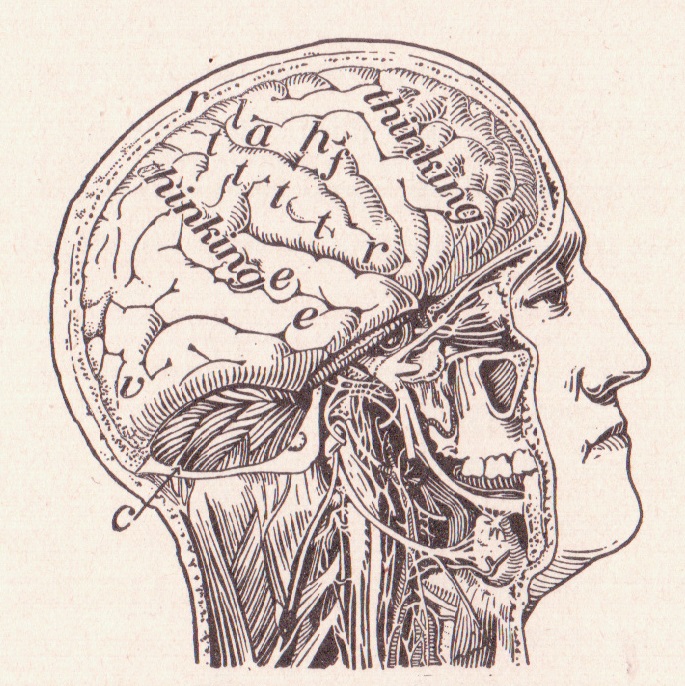Control and Regulation, An Introduction
As you may have guessed from the previous chapter on homeostasis, two systems of the body are key to maintaining homeostasis: the endocrine and nervous systems. These systems interact, and each complements one the other’s functions.
The endocrine system includes the glands of the body and the hormones that they produce. The endocrine system controls body processes through the production, secretion, and regulation of hormones, which serve as chemical “messengers” that function in coordinating cellular and organ activity. Ultimately, hormones are critical to maintaining the body’s homeostasis. Many of the glands of the endocrine system are controlled by hormones released from other glands.

The nervous system regulates some glands directly and others indirectly and is often referred to as the master controller of the human body. Like the endocrine system, the other internal control system of the human body, the nervous system is specialized for communication of information from one part of the body to another.We will explore the endocrine system after reviewing the structure and function of the other systems of the body, since that background is necessary to fully grasp how crucial the endocrine system is.
In this unit, we’ll explore the structure and function of the nervous system. The nervous system communicates quickly using neurons, the specialized cells of the nervous system. Neurons can convey and process information using electrical and chemical signals. The nervous system also contains glia, cells that provide support functions for the neurons by playing an information processing role that is complementary to neurons. A neuron can be compared to an electrical wire—it transmits a signal from one place to another. Glia can be compared to the workers at the electric company who make sure wires go to the right places, maintain the wires, and take down wires that are broken. On the organ level, all nervous systems share a basic structure: a central nervous system (CNS) that contains the brain and spinal cord and a peripheral nervous system (PNS) made up of peripheral sensory and motor nerves. Ultimately, neural communication helps coordinate body activities and ensures we maintain homeostasis.
Imagine that you decide to bake a cake for a friend’s birthday. You find a recipe, locate the ingredients and then one by one, measure and add each to the mixing bowl. You stir the mixture and before you know it, the cake is in the oven and you can return to your homework. You start to salivate as a yummy chocolate aroma wafts through the room. The timer goes off, but unfortunately, when removing the pan from the oven you burn your hand through a hole in the hot pad. Rather than dropping the cake, you make a split-second decision to hold on, enduring the pain so that you can set the cake pan down safely even though the consequences of a burnt hand will be with you for a few days. All aspects of baking a cake from your decision to bake a cake, to reading the recipe, measuring and mixing ingredients, smelling a delicious chocolate aroma and automatically starting to salivate in case you decide to sneak a piece of cake, and withdrawing your hand to prevent a burn are functions of the nervous system. Although quite different behaviors, they all include the general functions of the nervous system listed below:
- The nervous system detects changes in our internal and external environment (stimuli) using specific neurons or specialized cells communicating with neurons called sensory receptors.
Sensory receptors can detect a variety of different external and internal stimuli such as: skin temperature, light (for vision), sound, chemicals in food (taste) and air (smells), pressure, pain, blood pH, core body temperature, bladder distension as well as many other stimuli. - Sensory receptors transform stimuli into electric signals that our nervous system can understand.
The nervous system cannot directly interpret stimuli like light, heat or sound. The information has to be transformed into an electrical signal for the nervous system to receive and process the information. - Sensory neurons transmit the electrical signals from the periphery to the central nervous system (brain and spinal cord).
This information travels from the sensory receptor (the site of transformation) along neural processes called axons towards the central nervous system (CNS). - The central nervous system (brain and spinal cord) processes incoming sensory information to generate “appropriate” responses and also to give us the perception of the stimulus.
The signal can be compared to a normal value (set point) or related to past experiences to determine if the stimulus requires a response. Processing of the signal is called integration. In order to perceive a stimulus, the sensory information must be transmitted to specific areas of the brain. - The central nervous system sends commands (electrical signals passed along neurons) out to the target tissues to produce the response.
The target tissues of the nervous system are muscles and glands.
Even fundamental functions, like breathing and regulation of body temperature, are controlled by the nervous system. A nervous system is an organism’s control center: it processes sensory information from outside (and inside) the body and controls all behaviors—from baking to eating to learning to sleeping to finding a mate.
